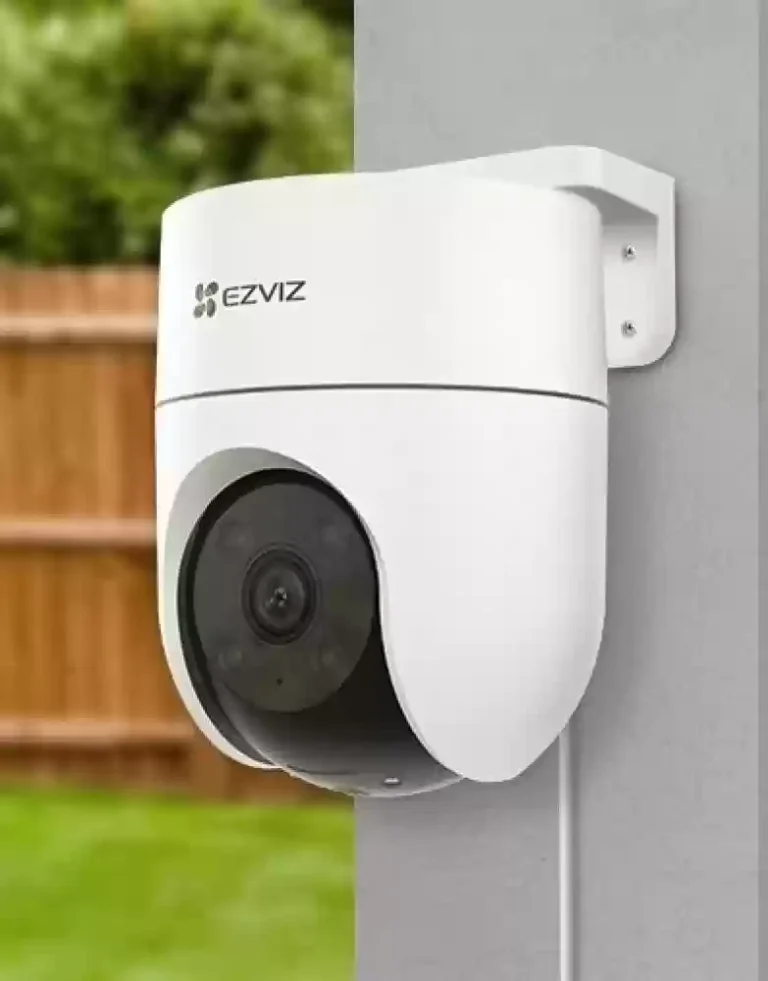7 Steps to Fix Your CCTV Camera Rotation

Fixing your CCTV camera’s rotation involves a few straightforward steps. First, assess the misalignment by examining distorted footage. Gather the necessary tools like screwdrivers, a small wrench set, and a sturdy ladder. Power down the system and wait 10-15 seconds…